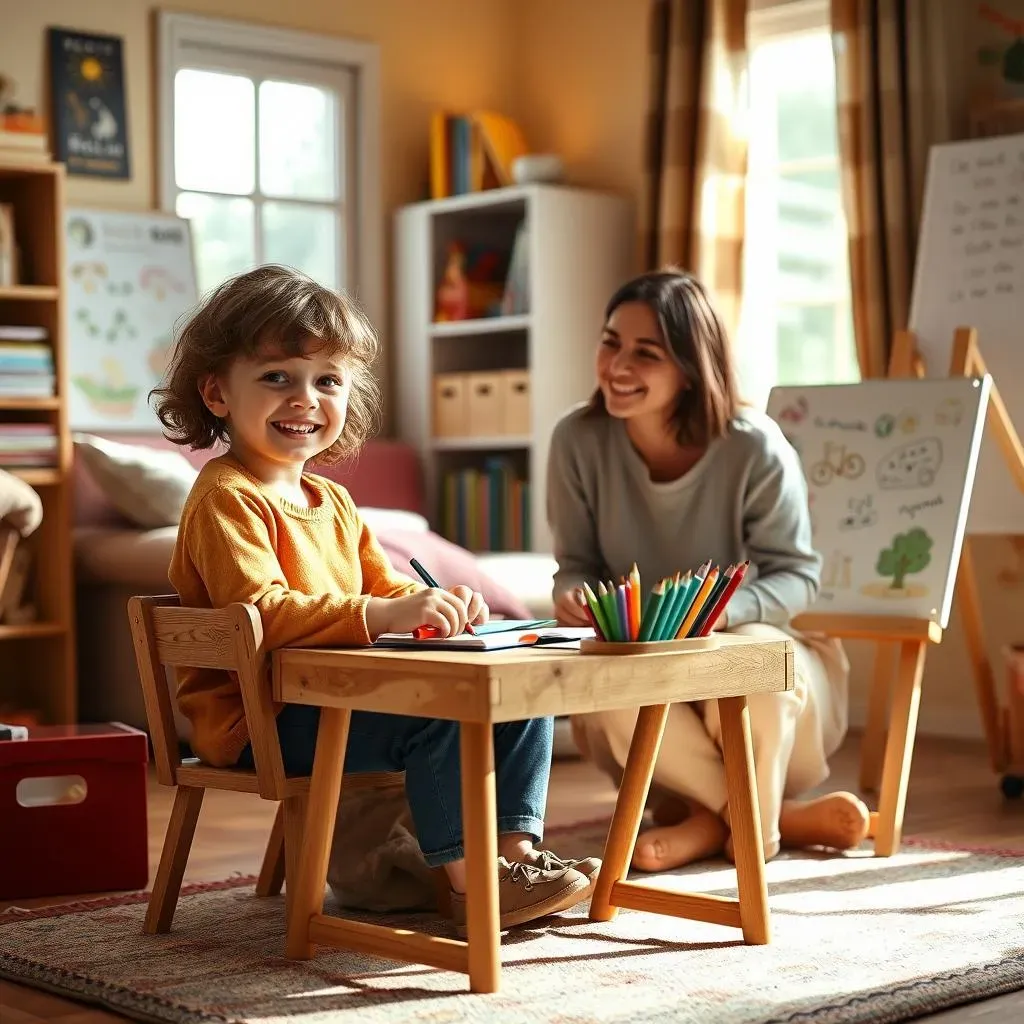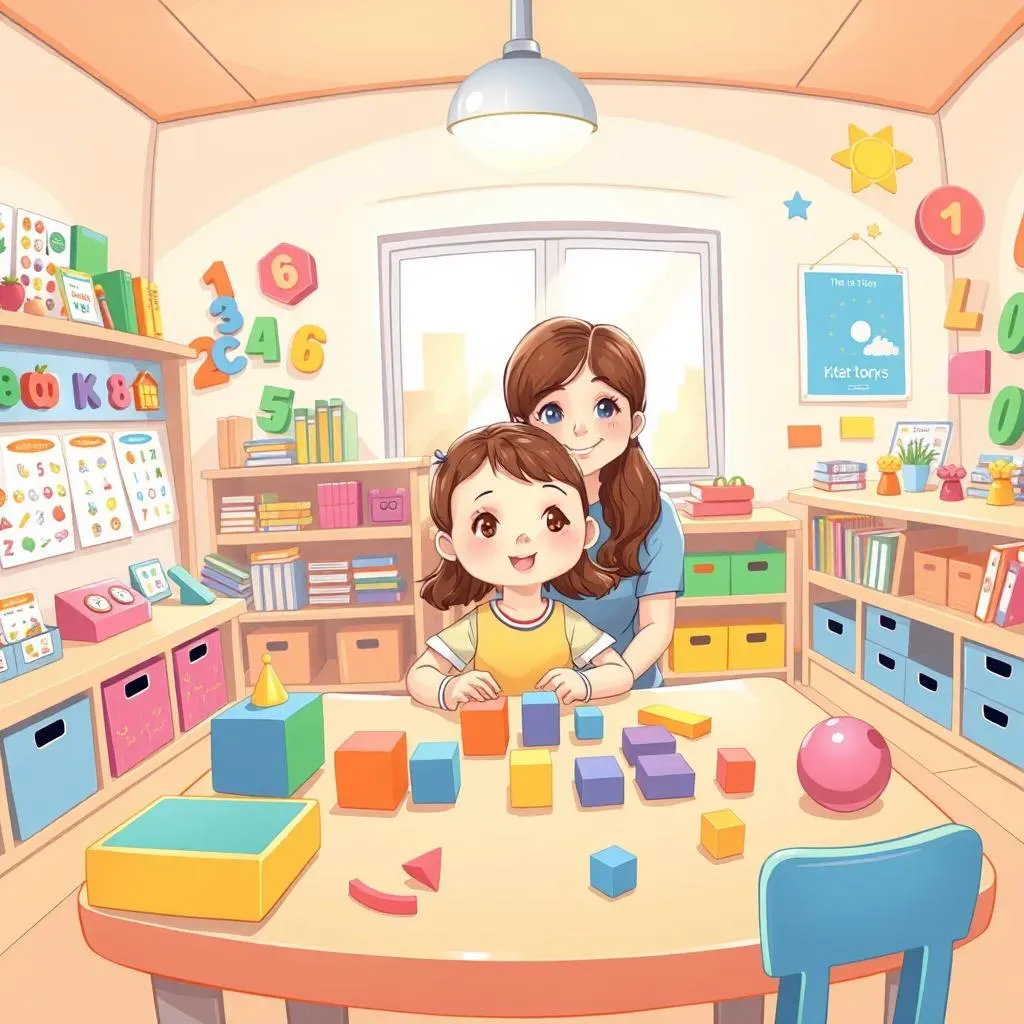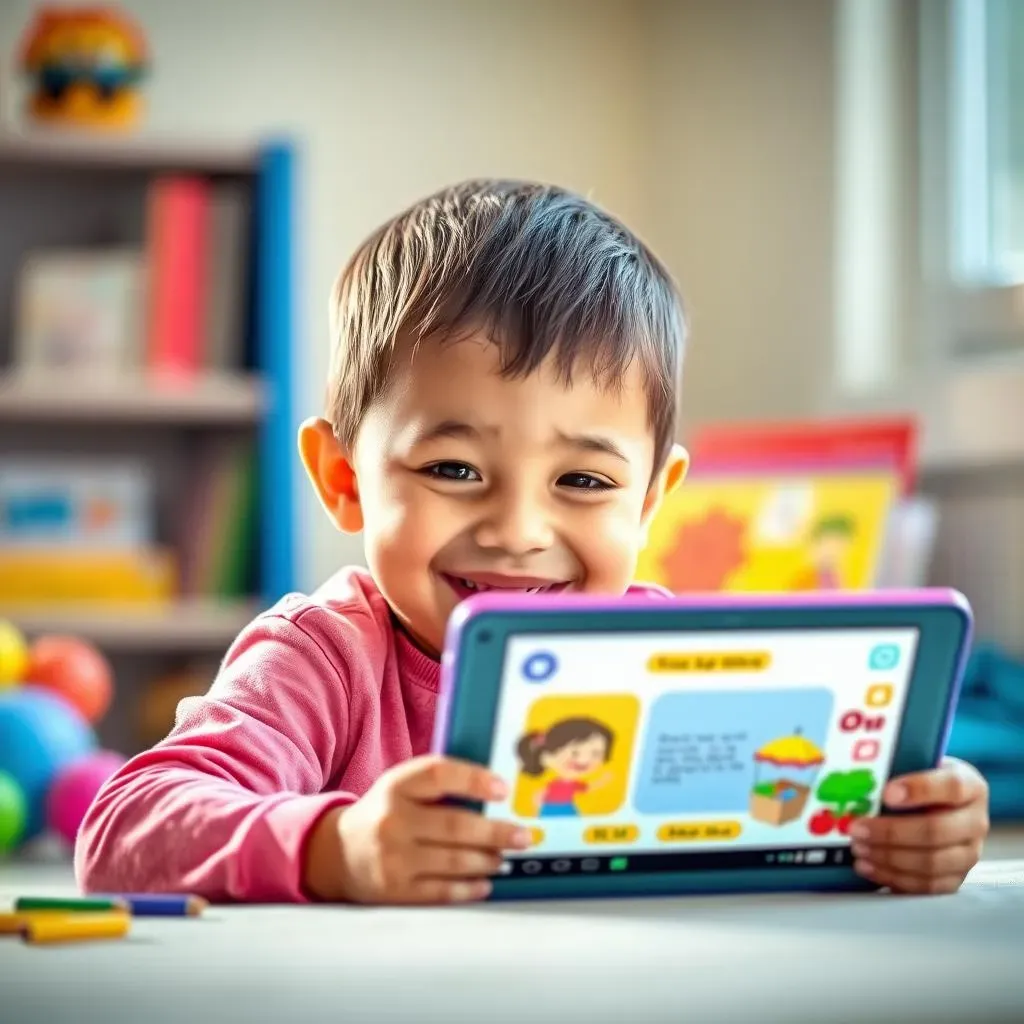Table of Contents
Thinking about homeschooling a kindergartener? It's a big step, but it can be incredibly rewarding. Maybe you're picturing cozy learning nooks, field trips on a whim, and a curriculum that fits your child perfectly. But then, the questions pop up: Where do I even begin? What should my child learn? How do I make sure they're actually, you know, learning? Don't worry, you're not alone. This article is your guide to navigating the world of homeschooling a kindergartener. We will explore how to kick things off, what a typical kindergarten curriculum looks like, and some hands-on tips to make this journey a success. We'll also look at how tools like Time4Learning can make your homeschooling experience smoother. Let's get started on creating a fun and effective learning environment for your little one. Get ready to discover the joy of personalized education!
Getting Started with Homeschooling Your Kindergartener
Getting Started with Homeschooling Your Kindergartener
so you're thinking about homeschooling your kindergartener, that's awesome! First thing's first, let's not get overwhelmed, okay? It's not about turning your house into a mini-school overnight. It’s more like creating a learning adventure that fits your child like a favorite pair of sneakers. The very first step is figuring out what your state requires. Some states are super chill, just wanting a heads-up that you're homeschooling. Others might want more details, like curriculum plans or even yearly check-ins. It's like knowing the rules of a game before you start playing, right? You can usually find this info on your state’s Department of Education website. Once you've got that cleared up, it’s time to think about your goals. What do you want your child to achieve this year? It could be learning to read, counting to 100, or even just being curious about the world around them. It’s your show, so make it fun.
Next up, the space. You don’t need a fancy classroom. A corner of the living room, a spot at the kitchen table, or even a cozy nook in their bedroom can work. The key is having a designated area where your kid knows it’s time to learn. It also helps to have materials organized. Think colorful bins for art supplies, a bookshelf for their favorite books, and maybe a whiteboard for some writing or drawing. And remember, flexibility is your friend. If your kiddo is bouncing off the walls, take a break and have a dance party. If they’re super into dinosaurs, go on a pretend excavation. Homeschooling should be a fun adventure, not a chore.
Step | Action |
|---|---|
1 | Check State Requirements |
2 | Set Learning Goals |
3 | Create a Learning Space |
Understanding the Kindergarten Curriculum for Homeschooling
Understanding the Kindergarten Curriculum for Homeschooling
so now you've got the basics down, let's talk curriculum. It might sound intimidating, but think of it as a roadmap for your child's learning journey. We're not talking about rigid, sit-at-a-desk-all-day stuff here. Kindergarten is all about exploring and discovering. Generally, you'll want to touch on a few key areas. You've got your language arts, which is all about learning to read and write. This includes things like recognizing letters, understanding sounds, and maybe even starting to write simple words. Then, there's math, which is not just about numbers, but also shapes, patterns, and measuring. Think of it as building blocks for bigger ideas. Science is next, and it's all about the world around us. This could be anything from learning about animals and plants to simple experiments with water or magnets. And let's not forget about physical education, because little ones need to move! This could be running around the backyard, dancing, or playing games. It’s all about keeping active.
Don't feel like you need to follow some strict textbook page-by-page. There's tons of flexibility here. You can find tons of resources online, from free printables to interactive games. It's about finding what clicks with your child. If they're into art, integrate it into your lessons. If they love stories, use them to teach reading. Also, don't underestimate the power of play. It's how kids learn best. Think about building blocks for math, playing pretend for language arts, or nature walks for science. And remember, you're the teacher, you get to make the rules. If something isn’t working, change it up.
- Language Arts: Reading, writing, phonics
- Math: Numbers, shapes, patterns
- Science: Nature, simple experiments
- Physical Education: Movement, games
Practical Tips for Successful Homeschooling a Kindergartener
Practical Tips for Successful Homeschooling a Kindergartener
Keep it Short and Sweet
so you're not trying to recreate a full school day, right? Kindergarteners have the attention span of a goldfish sometimes, and that's totally normal. So, keep your lessons short and sweet. Think 15-20 minute bursts of focused learning, followed by a break. It's way more effective than dragging out a lesson for an hour. You can break down your day into little pockets of learning, with plenty of time for play and exploration in between. This keeps them engaged and stops them from getting totally burnt out. Plus, it gives you a chance to grab a coffee and recharge too. Win-win!
Embrace the Power of Play
Seriously, play is not just fun and games; it’s serious business for a kindergartener! It's how they learn best. So, instead of thinking of playtime as a distraction, weave it right into your lessons. Use blocks for math, play dress-up for language arts, or go on a nature walk for science. Think of it like this: you’re turning learning into an adventure. And it doesn't have to be all structured, either. Sometimes, just letting your kiddo explore and play freely is the best thing you can do for their development. Let them lead the way and see what they discover.
Tip | Details |
|---|---|
Short Lessons | 15-20 minute bursts |
Play-Based Learning | Incorporate play into all subjects |
Flexibility is Key
Look, homeschooling isn't a rigid schedule, it's more like a dance. Sometimes, you'll have a perfect lesson plan and everything will go smoothly. Other times, your kiddo might be having an off day, or the weather is too nice to stay inside. And that's okay. Be flexible and ready to change things up. If something isn't working, don’t be afraid to ditch it and try something new. The key is to be responsive to your child’s needs and interests. If they’re super into a particular topic, go with it! Let their curiosity be your guide. Remember, it’s about creating a learning experience that’s fun and engaging for them.
Using Time4Learning for Homeschooling Your Kindergartener
Using Time4Learning for Homeschooling Your Kindergartener
What is Time4Learning?
so you've got the homeschooling basics down, but maybe you're thinking, "I could use a little help." That's where Time4Learning comes in. It's like having a super organized, interactive curriculum at your fingertips. Think of it as a digital toolbox packed with lessons, activities, and assessments, all designed to make learning fun and engaging for your kindergartener. It covers all the key subjects – math, language arts, science, and even social studies – in a way that kids actually enjoy. It's not about endless worksheets; it's about animated lessons, interactive games, and activities that keep your little one curious and excited about learning.
The best part? It’s super flexible. You can use it as your main curriculum or as a supplement to what you're already doing. If your kiddo is struggling with a particular concept, you can spend more time on it. If they’re flying through the material, you can move ahead at their pace. It’s like having a personalized learning plan without the hassle of creating it all from scratch. Plus, it tracks your child's progress, so you can see exactly what they’ve mastered and where they might need a little extra help. It's a great way to stay on top of things without feeling overwhelmed.
How Time4Learning Can Simplify Your Homeschooling Journey
So, how does Time4Learning actually make your life easier? Well, it takes a lot of the guesswork out of planning your homeschool days. You don't have to spend hours searching for resources or creating your own lesson plans. Everything is laid out for you, with a clear scope and sequence. This means you know exactly what your child should be learning and when. It also frees up your time to focus on other things, like connecting with your child, going on field trips, or just taking a breather. It’s a win-win for both you and your child. You’re not just a teacher; you’re also a facilitator, guiding your child through a fun and engaging learning experience.
Another big plus is that it's designed to be engaging for young learners. The lessons are interactive, with colorful animations, fun games, and activities that keep kids motivated. It's not just about sitting and listening; it's about doing and exploring. This is especially important for kindergarteners, who learn best through hands-on experiences. And let’s be honest, if the lessons are fun, your kiddo is much more likely to stay focused and excited about learning. It’s like turning screen time into learning time, and that’s a pretty big deal in today’s world.
Feature | Benefit |
|---|---|
Interactive Lessons | Keep kids engaged and motivated |
Flexible Pacing | Adjust to your child's learning style |
Progress Tracking | Monitor your child's learning |
Ready-Made Curriculum | Saves you time on planning |
Wrapping Up Your Homeschooling Journey
Homeschooling a kindergartener might seem like a huge undertaking, and it can be, but it's also an amazing opportunity to connect with your child's learning in a unique way. From setting up your space to picking the right curriculum, every step is about creating an environment where your child can thrive. Remember, it's okay to adjust your plans as you go—flexibility is key. Whether you choose a structured program like Time4Learning, or create your own path, the most important thing is that you're present, engaged, and making learning fun. So, take a deep breath, embrace the chaos, and enjoy this special time with your little learner. You've got this!